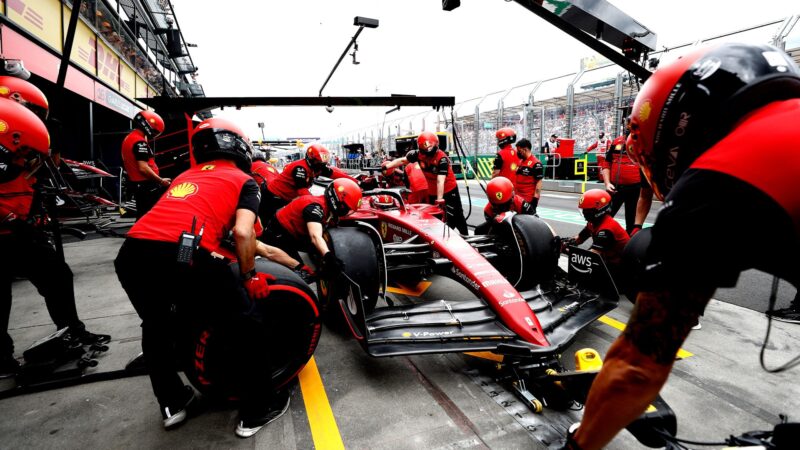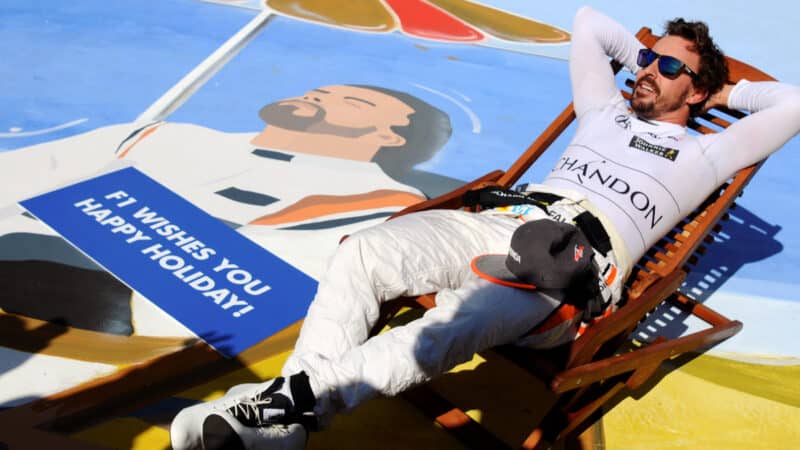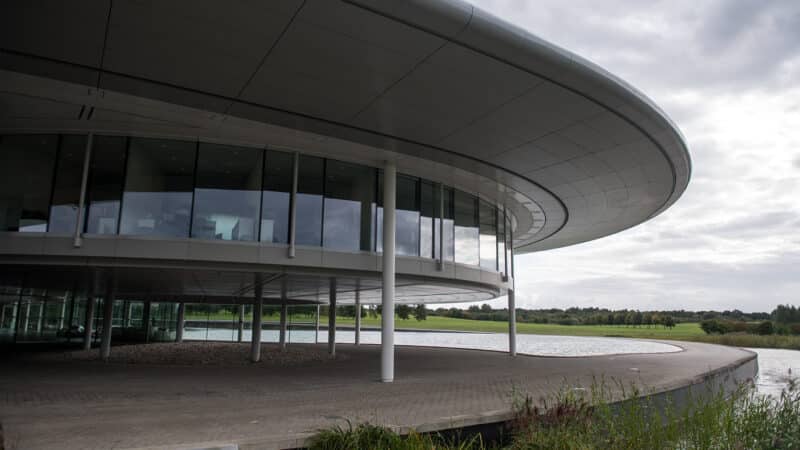As described in section 24.4 of the FIA’s 2025 Formula 1 Sporting Regulations, there are specific activities that are not considered a breach of the summer shutdown rules. With written permission from the FIA, teams may repair cars that were “seriously damaged” in the race immediately preceding the shutdown period.
Teams are also allowed to assemble, service, and run static show cars (but not with current car parts), use their wind tunnels and CFD simulations for projects unrelated to Formula 1 (or for another constructor not in its own shutdown period), and support any projects unconnected to F1 during this time.
The summer shutdown is designed to guarantee that staff can truly take a break during the intense F1 campaign, with the assurance that no rival team is gaining an advantage while others rest.
With the 2025 calendar again comprising 24 grands prix – the longest in history – this pause for rest and recovery is more important than ever before.
Why does F1 have a summer break?

Entire F1 teams are given a well-earned break after a hectic start to the campaign
Getty Images
F1’s weekend races and international flights, as well as teams’ constant push to improve performance mean that taking a holiday mid-season isn’t just difficult, it can also give rivals an advantage.
With every hour of work potentially resulting in on-track gains, team members often push themselves to the brink in the hope that their contribution will help push their team forward on the race track.
With little time for engineers, mechanics, team principals and drivers to take breaks into between 24 individual race weekends, a mandatory break is much-needed. For many people, it will be the first genuine period of relaxation since returning from the Christmas break in January.
What do F1 teams do during the summer break?
How each F1 team and its individual departments divides up its time over the F1 summer break will often be determined by when it chooses to start its ‘summer shutdown’ — which enforces any and all areas of the team to stop work completely, except for those which don’t have an impact on the performance of the car itself.
While drivers, engineers, mechanics and team principals can go on holiday or spend time with family during this period, other departments such as marketing, finance, media and legal typically remain functional in order to keep the team ticking over. Essential cleaning and maintenance of the working areas is also be carried out.
However, outside of the ‘summer shutdown’ window, an F1 team and all its employees are allowed to operate as they would during the remainder of the season.
When does F1 return to racing?
In 2025, F1 racing will return at the Dutch Grand Prix, which is due to take place between on 29 August.
The schedule accelerates swiftly after the summer break.
The entire grid will be assembled for the Italian Grand Prix at Monza on September 5-7. Then, the Azerbaijan Grand Prix follows on September 19-21, with the Singapore Grand Prix taking place on October 3-5.
The United States Grand Prix in Austin is set for October 17-19, the Mexico City Grand Prix for October 24-26, the Sao Paulo Grand Prix on November 7-9, and then the Las Vegas Grand Prix on November 20-22. The Qatar Grand Prix is scheduled for November 28-30, before the season concludes at the Abu Dhabi Grand Prix on December 5-7.


